Affiliate links on Android Authority may earn us a commission. Learn more.
Two years in, Sundar Pichai facing his toughest moment as CEO
Published onAugust 11, 2017
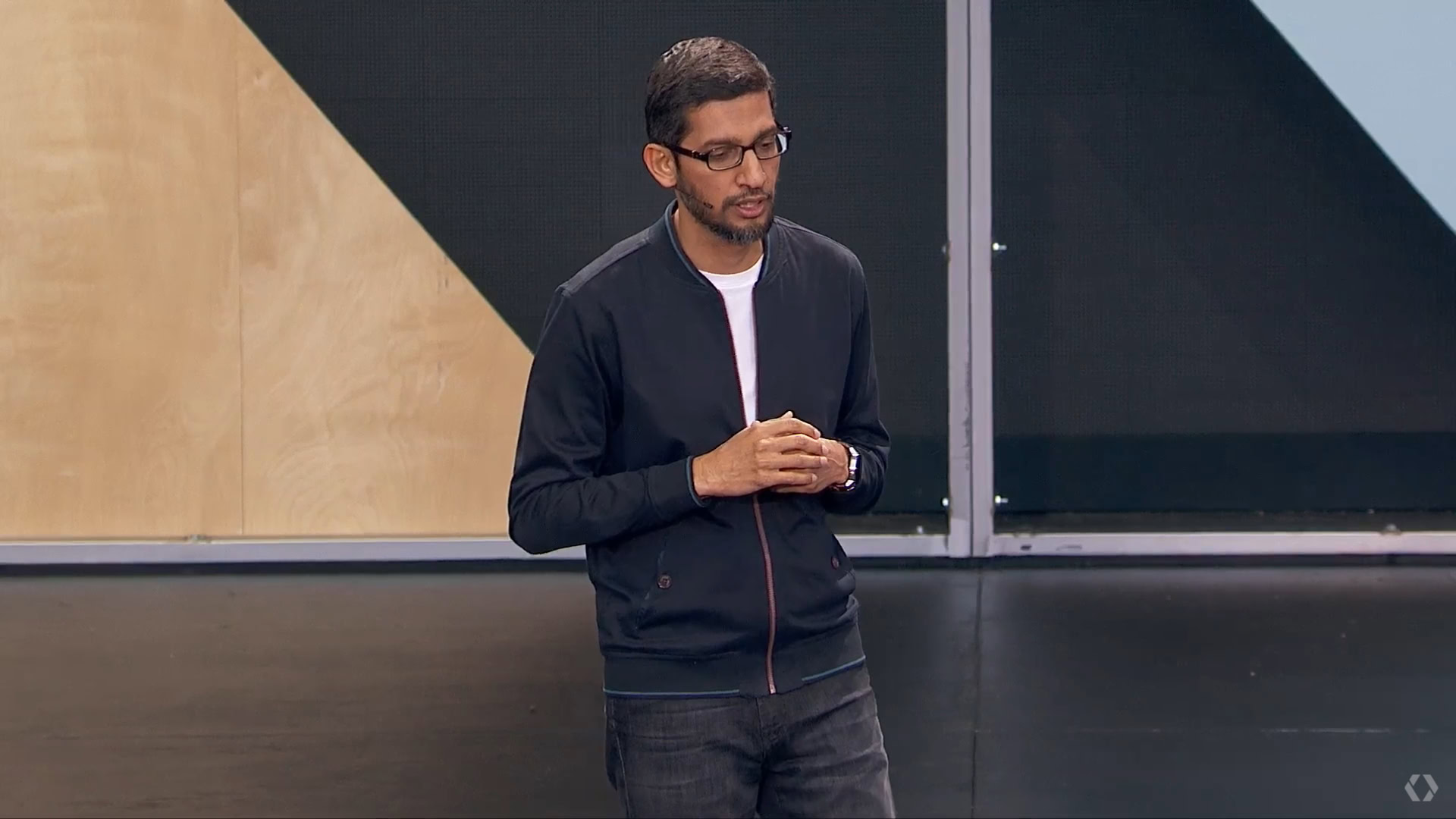
Sundar Pichai was announced as the new CEO of Google back on August 10 2015, just a little over two years ago, after Larry Page and Sergey Brin moved to preside over Google’s parent company, Alphabet Inc. Over the past two years, Pichai has overseen the launch of the Pixel smartphone range, rapid Android growth in emerging markets, and cloud computing, to name just a few. Alas, he has also had to deal with Google’s share of controversy and scandal.
So, let’s recap the CEO’s two year tenure as head of the world’s most powerful internet company.
Leading with AI
Sundar Pichai inherited Google in excellent shape, but has made a number of distinctive transitions that has shifted the company’s direction over the past two years. Google has previously moved from search to mobile, but under Pichai there has been an increased focus on “AI first”. This was a note Pichai made a particular point of making at the most recent Google I/O. Almost all of Google’s latest announcements have revolved around AI in some way, from its second generation TPU chips for cloud computing, to improved imaging algorithms for Google Photo and camera improvements, and the steady march into the smart home.
It’s been a gradual transition though, with the introduction of Google Cloud for business all the way back in 2011, which has rapidly expanding under Pichai’s leadership.
The company’s growth in cloud computing and the increasing use of neural net computing saw the company enter the hardware games with its Tensor Processing Unit (TPU) in 2016, with a followup announced this year. Google now uses its expansive neural networking capabilities for image recognition, video analytics, speech recognition, translations, YouTube and advertisement recommendations, and has even helped out in the mapping of DNA sequences to assist with medical science, among many other uses. This early focus on neural networks, AI, and software has not only paid off on the software side, but has also given the company a big boost when it comes to making its hardware offerings stand out.
Google has quickly transitioned from a mobile first to AI first company, using neural network computing across its products.
Chief among one of Google’s most ambitious plans under Pichai is the launch of its Pixel and Pixel XL smartphones last year – two high-end machines aimed squarely at taking on Apple and Samsung. Google wasn’t a complete stranger to hardware development, having partners with other OEMs for previous releases, but an expensive campaign to establish itself in the flagship tier market was an uncommonly bold move.
While the Android enthusiast crowd was reluctant to see the end of the Nexus line and the subsequent higher price point of the Pixel’s, in the end the range was universally praised and has done plenty to raise Google’s profile in the minds of consumers regarding both smartphone software and hardware. The gamble will perhaps be Google’s biggest win of the past few years, if the company can build on this success with the upcoming Pixel 2.
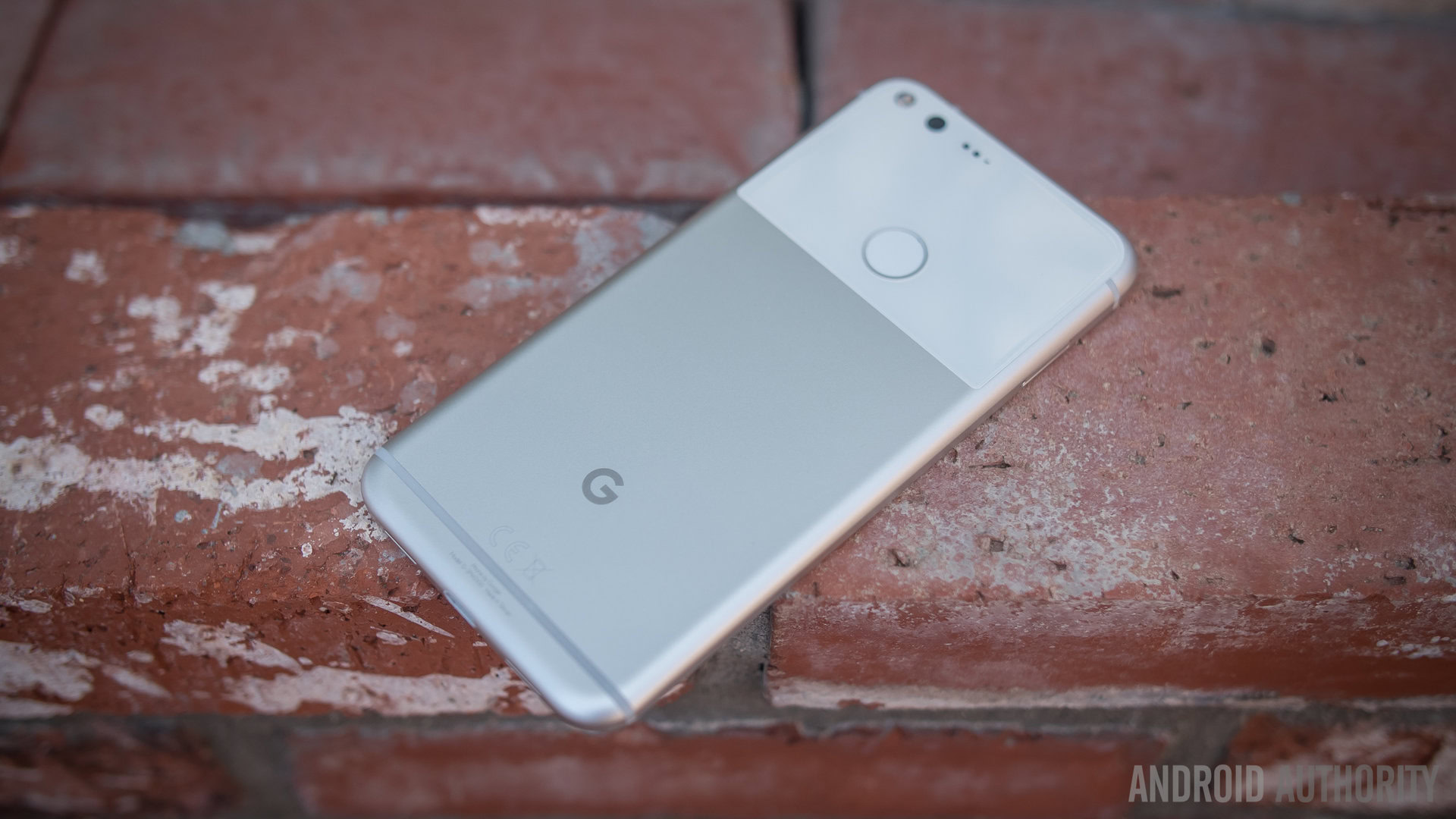
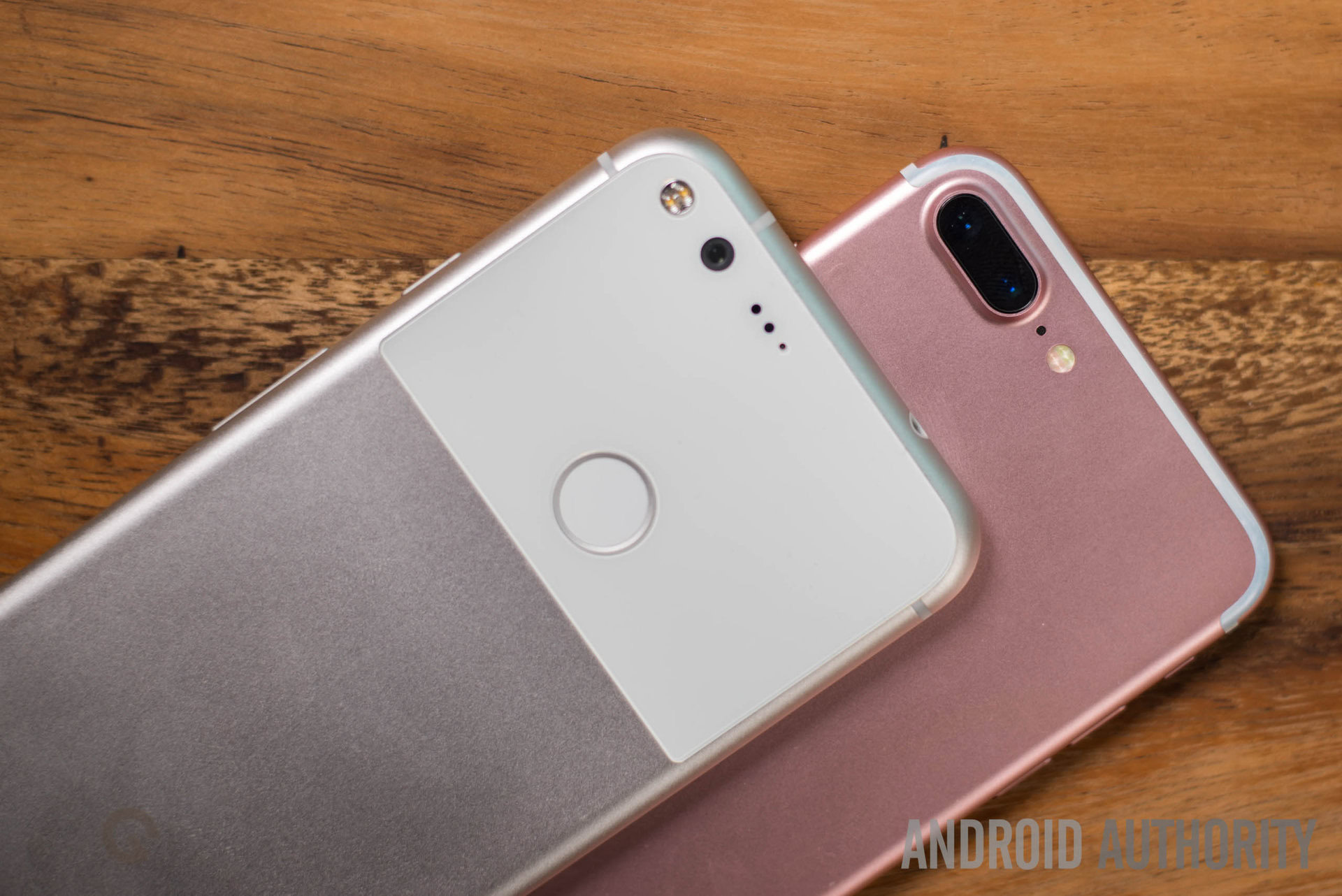
Google in numbers
This isn’t to say that Google hasn’t had its share of controversy and issues over the same period. The company has continually been in and out of court in the US and Europe for cases ranging from patent infringement to anti-competitive practices. Just this summer, Google was handed a record breaking fine by the European Commission for giving its own shopping comparison tool an illegal advantage over the competition, to the tune of €2.42 billion (~$2.7 billion). The company has also had to abandon installing its own search technology as the default option in its Chrome browser in Russia, and has been unable to shift China’s attitude towards its apps and services.
Of course, there’s more to Google than just AI and Pixel phones. Despite the split-up under Alphabet, Google is still responsible for overseeing YouTube, Search , Maps, Apps, Ads, and, of course, Android. There have been a number of changes, trends, and developments made across all of these segments even just over the past year or so. It would be to lengthy to delve into all of these individually, so instead here’s a quick glance at just some of Google’s recent achievements Pichai can attach his name too, to see how things have changed over the past two years.
- Google announced over 2 billion active Android devices in May 2017, compared with 1.4 billion in September 2015.
- Almost 5 billion videos are watched on YouTube a month, up from just over a billion 2015, and 80 percent of these now come from outside the US. Revenues are also up two folder year-on-year.
- Google Photos contained 50 billion photos and videos in 2015, but now users are uploading 1.2 billion pictures every single day.
- Mobile search results overtook desktop results for the first time in 2015 m, increasing to 60 percent in 2016.
- In 2016, Google generated $63.11 billion in net digital ad revenues worldwide, an increase of 19.0% over 2015. That’s roughly 32% of the world’s digital ad market.
- Google reached $25.8 billion in revenue in the fourth quarter of 2016, up from $21.2 billion the year before.
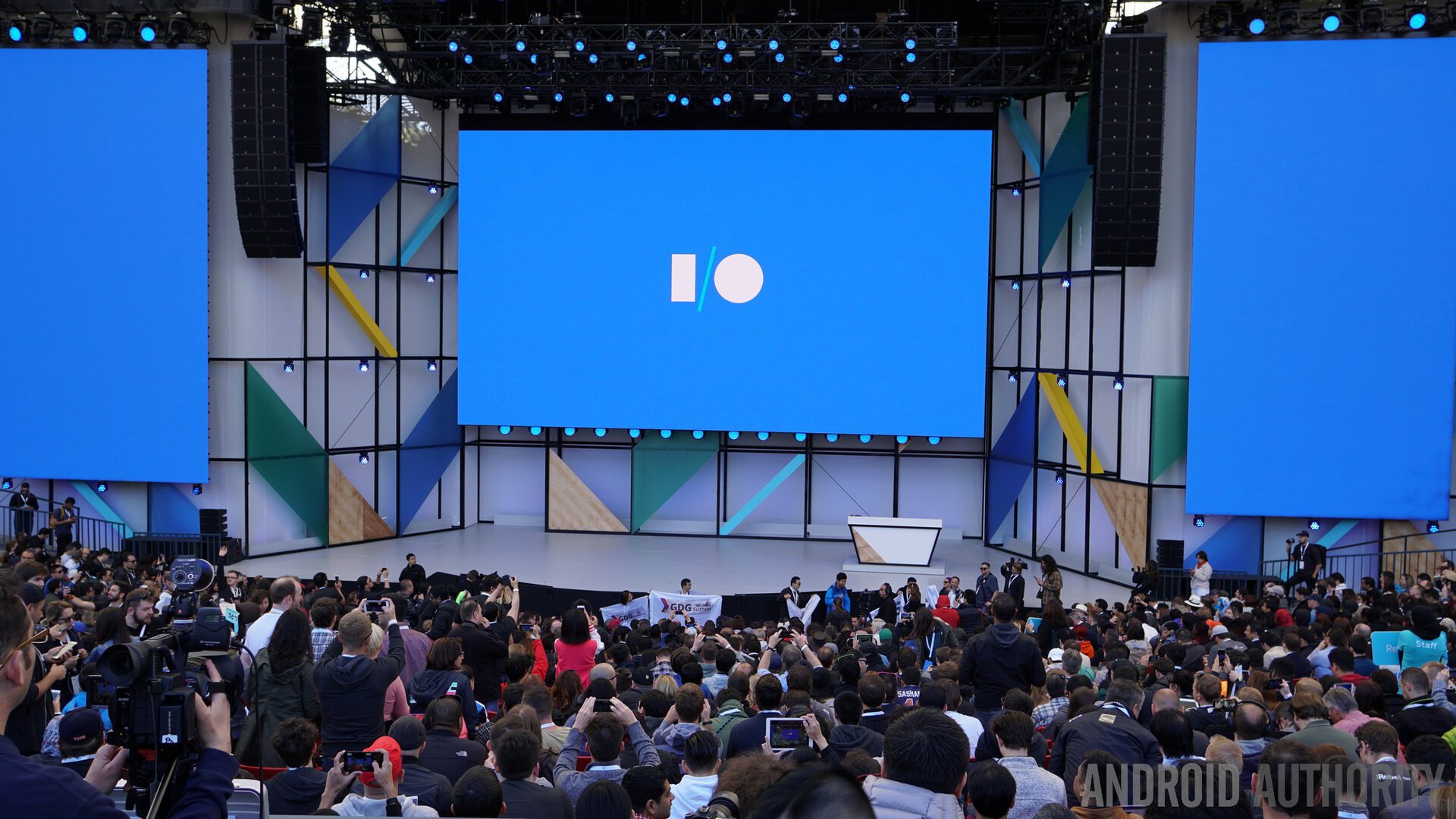
That’s not mentioning that Google has managed to expand into many new territories over the past few years, with mobile rapidly driving internet and business service growth in India and other countries. Clearly, Google is bigger, more powerful, and more profitable than every before under Pichai.
Pichai’s most testing month
While Sundar Pichai’s time at Google has been a successful one, at least from an external point of view, sailing hasn’t been so smooth inside Google. As the recent James Damore memo scandal, whistleblowers, and subsequent sexism debate is now revealing.
Silicon Valley has often been seen as particularly sensitive to such seemingly taboo subjects, and Pichai himself condemned parts of the memo as “offensive” and stated that the memo violated Google’s own Code of Conduct. James Damore, the memo’s author, was subsequently fired, a move that arguably caused more controversy than the text itself. Pichai had been scheduled to discuss the issue with all of Google’s 60,000 worldwide employees, but the meeting was cancelled after employee questions and identities were leaked, resulting in harassment and threats to those named.
Read the note to employees from our CEO Sundar Pichai about the memo that was circulated over the past week → https://t.co/wzcNsc5Fsh pic.twitter.com/S8dDzJEBQB— Google (@Google) August 8, 2017
Regardless of your position on the wider issue, the debate has revealed some troubling cultural problems within Google, with some staff feeling unable to express their opinions for fear of harassment and losing their careers, while others are concerned that the they are unable to work comfortably alongside those with differing views. This is a far cry from the picture the company has often painted of an innovative, open, and relaxed workplace.
The concern that both sides have rightly raised is whether this current culture is going to start hurting Google’s ability to hire the best and brightest, and continue innovating. Pichai’s biggest problem right now is how to solve this cultural divide, rather than simply picking a side.
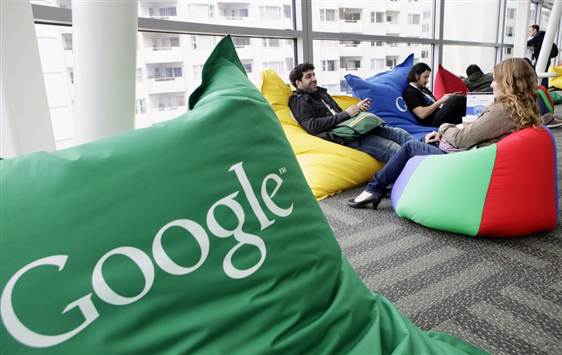
Unfortunately, this isn’t the only high profile sexism case that has made headlines under Pichai’s leadership. In 2016, more than 800 Google employees appended the word Lady to their job titles after an investor addressed a question to “the lady CFO“, Ruth Porat. The “Redefine Women” campaign started by advertising employees Georgia Patch and Kiah Nicholas from Sydney, Australia also caused a stir by criticising a number Google’s dictionary definitions.
Google is currently also under investigation by the US Department of Labor for “systemic compensation disparities” between male and female employees, following the filing of a DOJ lawsuit back in January. Google denies that it has a gender pay gap, but is now also facing the prospect of a class action lawsuit filed by employment law firm Altshuler Berzon LLP on behalf of women currently or formerly employed at Google.
What’s next for Google?
While Google’s efforts in cloud computing, neural networking, and “AI” are already bearing fruit in today’s technology, we’re just at the start of the journey, and these areas are almost certain to be a major part of consumer and business technology in the coming years. Hence why Google has been so keen to make it clear that its future vision doesn’t just lie with mobile. Even though the latest scandal and debate might be framing the headlines we associate with Sundar Pichai today, his final legacy will almost certainly be far more defined by Google’s current and upcoming contributions to the world of tech.
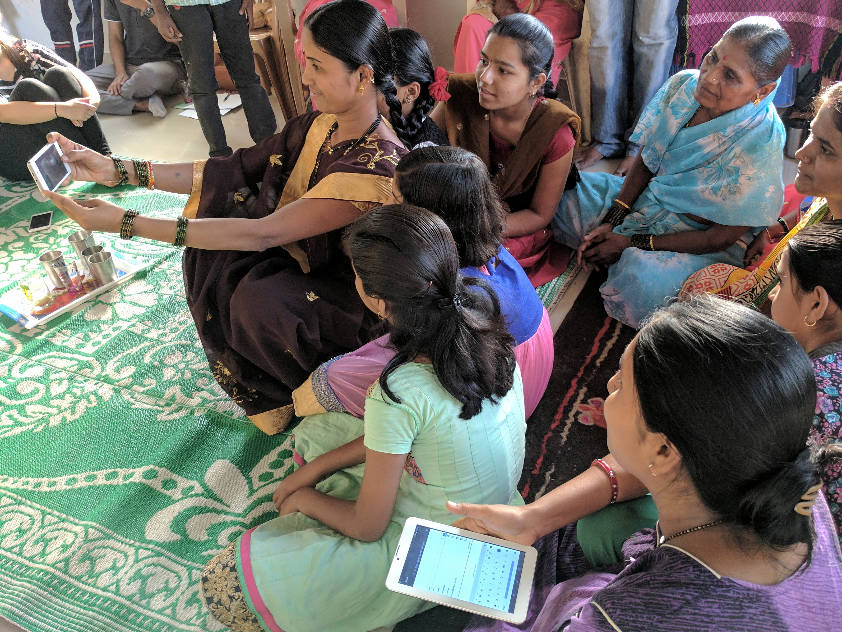
Of course, there’s virtual reality, augmented reality, self driving vehicles, Tango, Project Loon, Fibre, Fi, and various other projects that Google is working on too. Any number of which could end up being a major part of our more connected future.